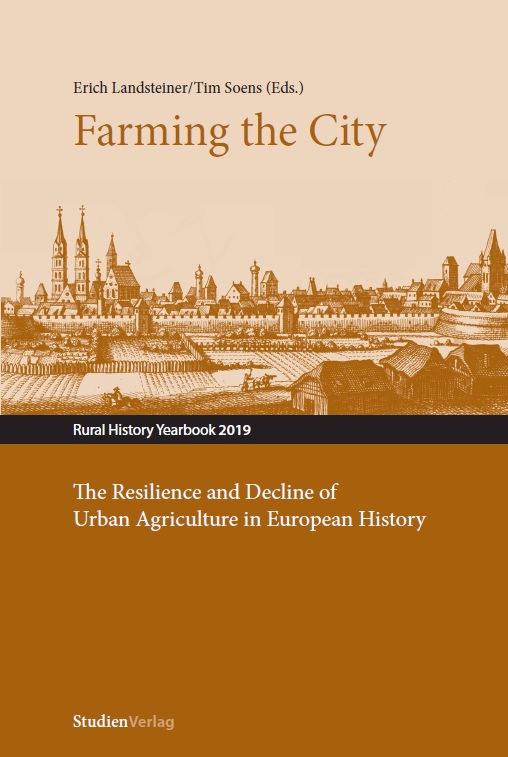Fields, Meadows, and Gardens – an Integral Part of the City
The Example of Södermalm in Stockholm, Sweden
DOI:
https://doi.org/10.25365/rhy-2019-8Schlagworte:
urban agriculture, urban gardening, modernity, welfare state, StockholmAbstract
As an increasing number of people live in towns and cities all over the world, the development of urban areas attracts attention. Urban planning in relation to quality of life and a sustainable society is on the political agenda and in the public eye. When it comes to food, modern towns and cities are today defined by consumers rather than producers. The urban agriculture movement is therefore often perceived as a new way to meet the needs of city life. However, throughout history towns and cities have had a high degree of self-sufficiency. It is often assumed that nineteenth- century rectilinear town planning was the main factor in bringing urban agriculture to an end. This study shows that in Södermalm, a central part of Stockholm which for a long time was characterised by a mix of industrial production, trade, craft, and cultivation, the fields did not disappear until after World War II. The view that agriculture was no longer compatible with modern city life and the concept of a green city constituted by parks and other green spaces as part of urban planning were connected to the interpretation of modernity in the Swedish welfare state, with its emphasis on rationality and efficiency, which lead to a dichotomy between urbanity and rurality.


